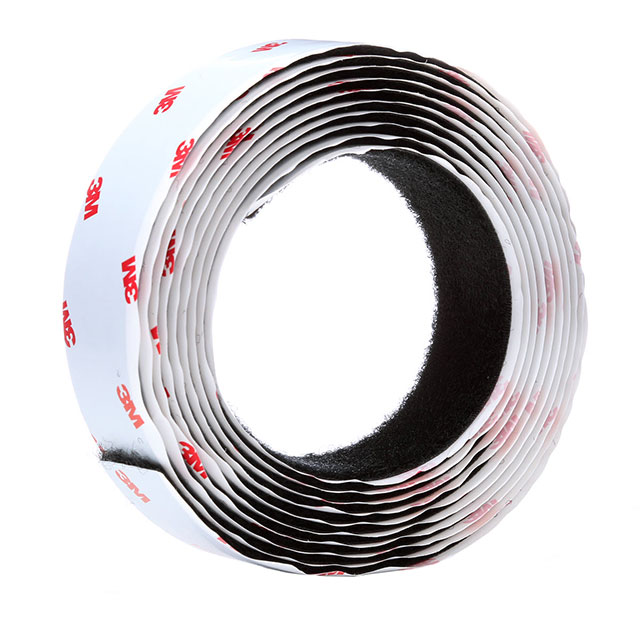Scotch™ Series, Cable Ties and Zip Ties
Results:
2
Filters
Applied Filters:
Scotch™
About Cable Ties and Zip Ties
Cable ties and cable lacing are versatile tools used for bundling and securing various items together. They consist of a strip made from materials such as fabric, metal, or plastic. The strip is designed to wrap around the items, and the two ends are connected using different fastening techniques. Cable ties and cable lacing are commonly used in electrical, automotive, construction, and other industries where cable management and organization are essential. They provide a reliable and efficient solution for grouping and securing cables, wires, hoses, and other components. The bundle diameters of cable ties and cable lacing can vary significantly, ranging from 0.10" (2.49 mm) to 44.00" (1117.60 mm). This wide range allows for versatility in accommodating various sizes of bundles. Additionally, these products have different tensile strengths, which indicate their ability to withstand pulling forces. Tensile strengths for cable ties and cable lacing can range from 8 lbs. (3.62 kg) to 1200 lbs. (544.32 kg), ensuring secure and reliable fastening. The selection of the appropriate cable tie or cable lacing depends on the specific application requirements. Factors such as the size and weight of the items being bundled, environmental conditions, and the desired level of security influence the choice of material, length, and tensile strength. In summary, cable ties and cable lacing are widely used to bundle and secure items together. Their versatility, range of bundle diameters, and various tensile strengths make them suitable for diverse applications. By selecting the right type and size, users can ensure effective and secure bundling of items in various industries.


